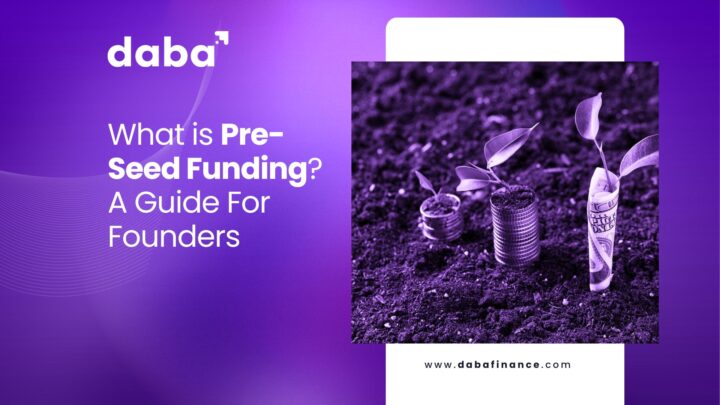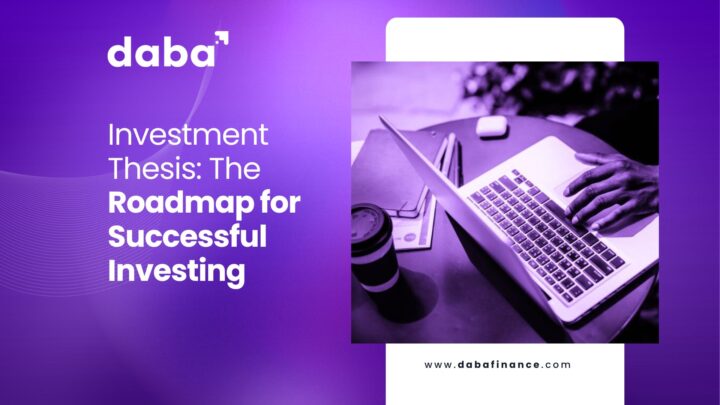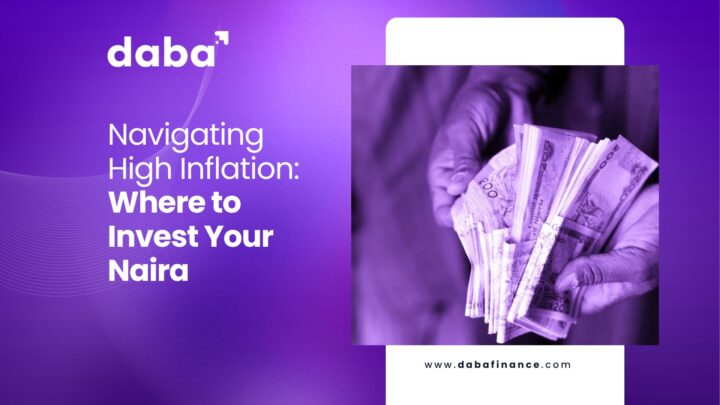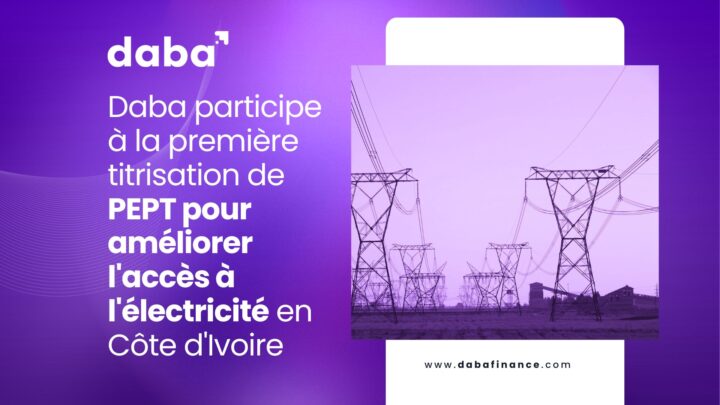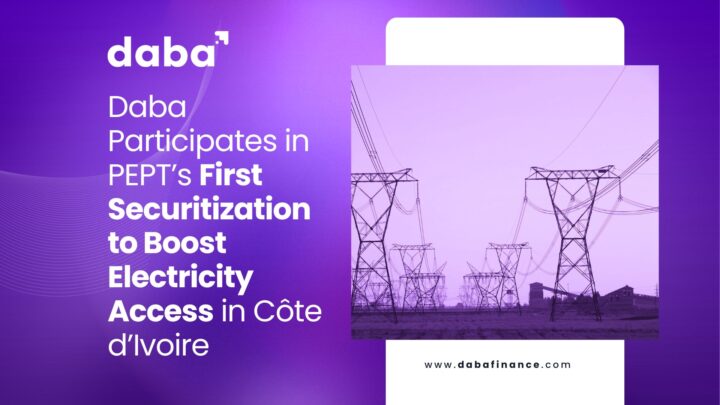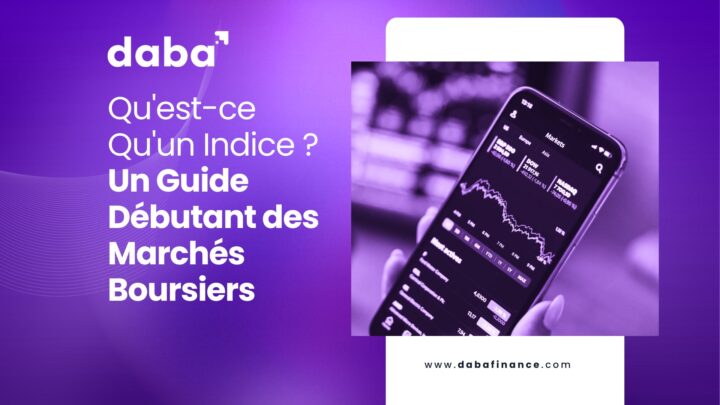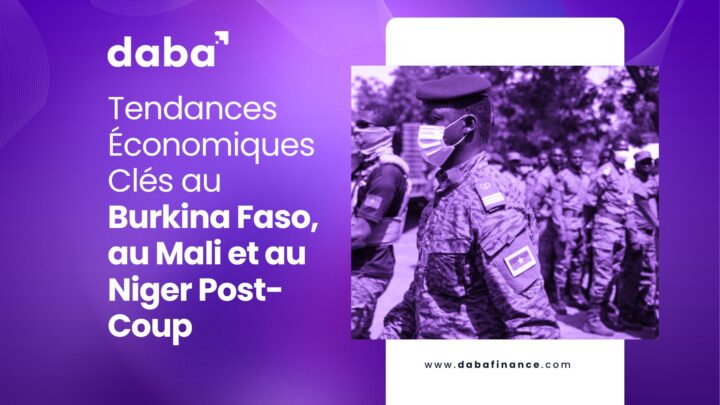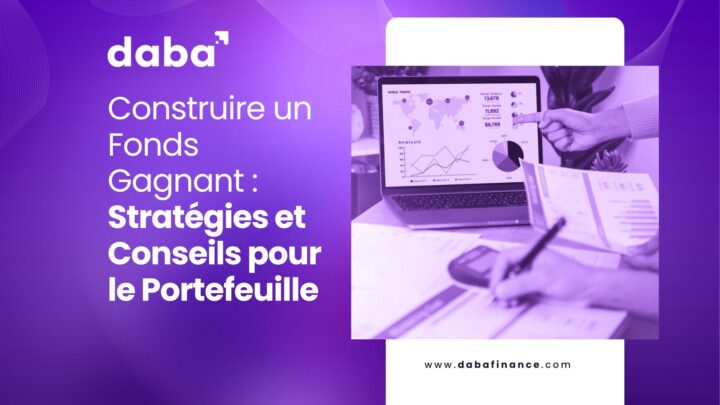Investing your money wisely is crucial to achieving financial stability and growth. In Ghana, there are several effective ways to invest your cedis. This guide will walk you through some of the most accessible and profitable investment options available.
Savings Accounts
A savings account is one of the most basic and secure ways to start growing your money. When you deposit money into a savings account, the bank pays you interest for keeping your money with them. While the returns may not be substantial, the safety and liquidity offered by savings accounts make them an attractive option for many.
Benefits:
- Low risk
- Easy access to your funds
- Initial deposit requirements are often minimal
Drawbacks:
- Lower interest rates compared to other investment options
- Limited number of free withdrawals per month
Treasury Bills
Treasury bills are short-term debt securities issued by the government through the Bank of Ghana. They are a popular investment choice due to their safety and relatively higher interest rates compared to savings accounts. Treasury bills can be purchased for periods between 90 days to 1 year, with interest rates varying accordingly.
Benefits:
- Risk-free as they are backed by the government
- Can be used as collateral for loans
- Higher interest rates compared to savings accounts
Drawbacks:
- Fixed maturity periods
- Early redemption may result in penalties
Fixed Deposit Accounts
Fixed deposits are similar to treasury bills but are offered by banks rather than the government. By opening a fixed deposit account, you agree to lend your money to the bank for a specified period at a fixed interest rate. The terms can range from a few months to several years, and the interest rates vary based on the amount invested and the duration.
Benefits:
- Low risk
- Higher interest rates than savings accounts
- Negotiable interest rates for large deposits
Drawbacks:
- Penalties for early withdrawal
- Fixed terms limit liquidity
Investing in Stocks
Investing in stocks involves buying shares of publicly listed companies on the Ghana Stock Exchange or in markets outside the country such as the US and the BRVM.
When you purchase stocks, you become a partial owner of the company and may receive dividends based on the company’s performance. Stocks offer the potential for high returns, but they also come with higher risks.
For those looking to invest in foreign stocks listed on the BRVM with ease and expert guidance, Daba offers a platform that simplifies the process, providing access to a wide range of stocks and professional investment management services.
Daba offers a user-friendly experience for investors and provides additional tools and resources.
You can download the Daba Investment app from the Play Store. If you are an iPhone user, you can also download the Daba investment app from the App Store.
Benefits:
- Potential for high returns
- Ownership stake in companies
- Dividend income
Drawbacks:
- High risk due to market volatility
- Requires research and understanding of the market
Also Read: How to Invest in African Stock Markets
Mutual Funds
Mutual funds pool money from multiple investors to invest in a diversified portfolio of stocks, bonds, and other securities. Managed by professional fund managers, mutual funds offer a balanced approach to investing, allowing individuals to benefit from professional expertise and diversification.
Benefits:
- Managed by professionals
- Diversification reduces risk
- Higher potential returns compared to savings accounts
Drawbacks:
- Management fees
- Market risks
Bonds
Bonds are debt securities issued by corporations or the government, offering fixed interest payments over a specified period. Investing in bonds is relatively safe, especially when dealing with government or high-quality corporate bonds. They provide a steady income stream and are less volatile than stocks.
Benefits:
- Regular interest payments
- Lower risk compared to stocks
- Can be used as collateral
Drawbacks:
- Lower returns compared to stocks
- Inflation risk can erode purchasing power
Also Read: What Are Bonds and Why Should You Invest in Them?
Alternative Investments: Startups and Venture Funds
Alternative investments such as startups and venture capital funds offer the potential for high returns by investing in early-stage companies. This type of investment allows you to support innovative ideas and businesses that can significantly grow in value over time.
- Startups: Investing in startups means providing capital to new companies in exchange for equity. This can be highly lucrative if the startup succeeds, but it also carries substantial risk since many startups fail.
- Venture Capital Funds: Venture capital funds pool money from various investors to invest in a portfolio of startups and early-stage companies. These funds are managed by professional venture capitalists who have the expertise to select promising companies and help them grow.
For those interested in exploring alternative investments, Daba provides a comprehensive platform that enables you to invest in high-potential startups and venture capital funds.
With Daba, you can access a curated selection of investment opportunities, backed by thorough research and expert management, making it easier to diversify your portfolio and tap into the growth potential of emerging businesses.
Benefits:
- High potential returns
- Opportunity to support innovation and entrepreneurship
- Professional management in venture capital funds
Drawbacks:
- High risk due to the uncertainty of startup success
- Less liquidity compared to traditional investments
Diversification is Key
Investing your cedis in Ghana offers numerous opportunities to grow your money securely and profitably.
Whether you prefer the safety of savings accounts and treasury bills or the higher potential returns of stocks and mutual funds, there is an investment option to suit every risk tolerance and financial goal.
For those interested in stock investments, Daba provides a comprehensive platform to help you navigate the stock market with confidence and ease.
Invest wisely, diversify your portfolio, and consult with financial advisors to maximize your returns and achieve your financial objectives.

